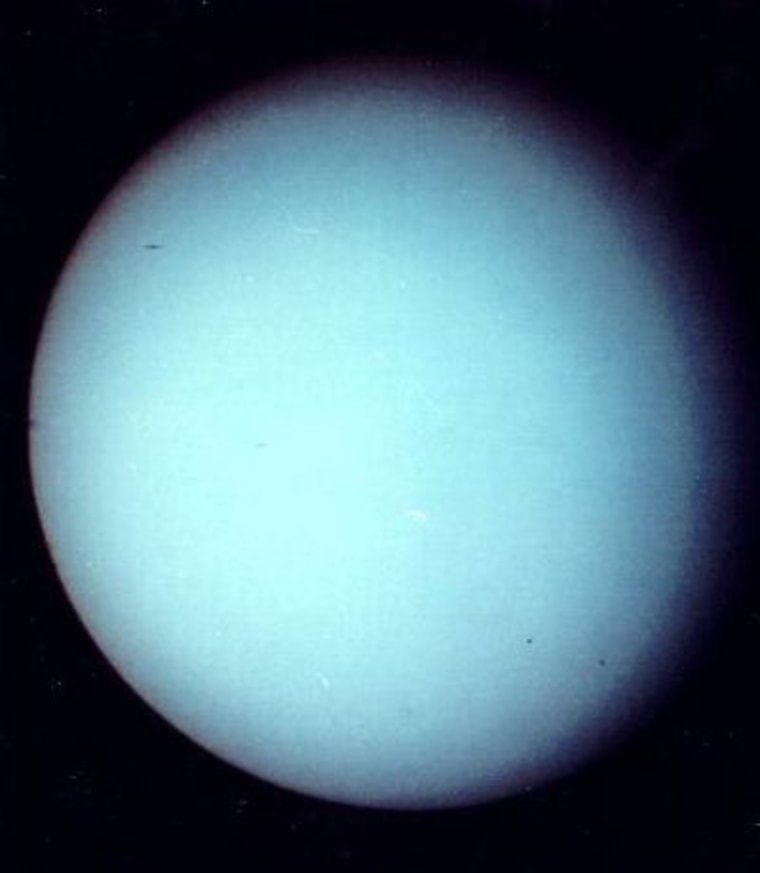Most people have seen the five brightest naked-eye planets, yet there is a sixth planet that can be spied without optical aid—the planet Uranus. Of course, you'll have to know exactly where to look for it.
Fortunately, it is currently well placed for viewing in our evening sky and with the bright Moon now out of the way this week; it will be a good time to look for it.
Barely visible to the unaided eye on very dark, clear nights, the planet Uranus—currently shining at magnitude +5.7, which is right on the verge of what's visible with the naked eye under dark skies—is now visible during the evening hours among the stars of Aquarius, the Water Carrier. It recently passed through opposition to the Sun and is now visible for practically the entire night.
It is best to study the accompanying map first, then scan that region with binoculars.
Using a magnification of 150-power with a telescope of at least three-inch aperture, you should be able to resolve it into a tiny, pale-green featureless disk. Uranus, which lies nearly 2 billion miles from the Sun, has a diameter of 31,764 miles and according to flyby magnetic data from Voyager 2 in 1986, has a rotation period of 17.4 hours.
At last count, Uranus has 27 moons, all in orbits lying in the planet's equator in which there is also a complex of eleven narrow, nearly opaque rings, which were discovered in 1978.
Uranus likely has a rocky core, surrounded by a liquid mantle of water, methane, and ammonia, encased in an atmosphere of hydrogen, helium, methane and small amounts of acetylene and hydrocarbons. A bizarre feature is how far over Uranus is tipped. Its north pole lies 98 degrees from being directly up and down to its orbit plane. Thus, its seasons are extreme: when the Sun rises at its north pole, it stays up for 42 Earth years; then it sets and the north pole is in darkness for 42 Earth years.
Sir William Herschel discovered Uranus on March 13, 1781, noting that it was moving slowly through the constellation Gemini. Initially, however, Herschel thought he had discovered a new comet. Eventually it was determined that Herschel's “comet” was in fact, a new planet.
